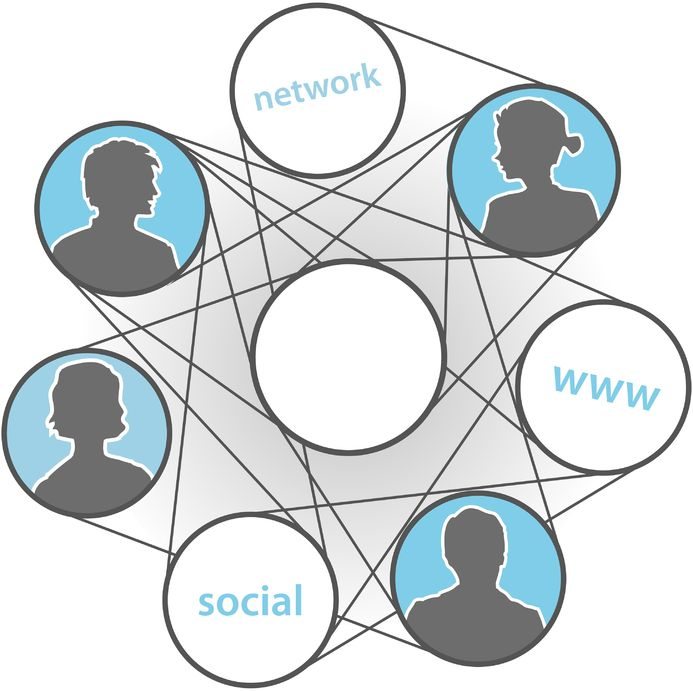 Social networks have entered our lives, and they are here to stay.
Social networks have entered our lives, and they are here to stay.
Just a little more than a decade ago internet became popular and now we couldn’t live without it. Social networks have gained importance for some years, in both our lives and in the business world.
Actually, it is unthinkable that a company has no presence on the internet or in major social networks.
Project management is no stranger to these changes. In recent years new models of project management using social networks have emerged.
Initially project management 2.0 emerged, better known by reference: PM 2.0. This is the use of web 2.0 technologies such as blogs, for open and integrated online collaboration in a project team.
A more modern concept is Social Project Management. In this case, there is a much deeper integration with social networks. It is a way of understanding the interaction between project management and social networks looking to get the most out of what this new form of communication can bring to the world of business management.
Let’s see what their main contributions are.
Integration with the community
The project has resulted in the achievement of a product or service. Subsequently, it will have to participate in the market and meet the needs of the customers.
A closed project will only contain the views and contributions of members that make up the team. However, it will be closed to the internet community, which is a very large and representative sample of the global market in which the product will be integrated later.
Therefore the use of social networks allow collaborative contributions from individuals outside the team, most likely potential customers, so it will be possible to know their degree of satisfaction with the product before releasing it to the market.
This will foresee the needs that may arise and dynamically adapt the project so that the product meets the needs of the maximum number of customers at the time of its release.
Visibility
Enlisting the help of users of social networks will not only enrich the project but will release it. The internet community will feel part of the team. Really, it is the customers themselves who have designed the product to meet their needs.
During the process, they have exchanged information on the social network platforms visible to everyone, and therefore have formed a new advertising channel.
In addition, being able to work and feel part of the project is a powerful advertising tool. Customers may feel that the product is part of their lives even before it reaches the market.
Intimacy
A project openly in social networks brings you closer to the customers. Technology has added a certain point of dehumanized relations within companies and between them and their clients.
Social networks are the solution to recover the direct treatment through proprietary technologies. Even to get in contact with people with whom it was previously impossible.
Social networks allow you to show the human side of your company and get to know your customers intimately. Maybe people do not dare to say everything you think about your product or do not bother to respond to surveys at street level or by phone. However, social networking breaks all barriers and allows fluid communication between businesses and consumers.
Diversity
Social networks are a useful tool regardless of the size of your company or the type of project you want to carry out.
In any case, social networks add value to your business. If small, you will have less followers and interaction in social networks, but will have as much room and potential for growth as a multinational.
In fact, you can interact with leading companies in your industry or other areas, achieving a useful communication will result in a mutual benefit.
For all these reasons, social networks are a tool to incorporate marketing strategies and project management. And every day they are more important and crucial to success.
In fact, there have been new marketing strategies based on the use of social networks. An example is known as the marketing funnel.
Therefore, social networks are increasingly used in business. What do you expect to use?
Top 5 most read blogs on ITM Platform:
The Monte Carlo Method in Project Management
Three disastrous project management failures
The project in the face of adversity: what should a project manager do?
What is the Virtual Sock Management or Periodical Online Management?

 As the famous poet Mattie Stepanek once said, “when there is collaboration, wonderful things can be achieved.” But what happens when those who are meant to collaborate are geographically separated, physically incapable of meeting with one another? The answer is virtual collaboration.
As the famous poet Mattie Stepanek once said, “when there is collaboration, wonderful things can be achieved.” But what happens when those who are meant to collaborate are geographically separated, physically incapable of meeting with one another? The answer is virtual collaboration. 